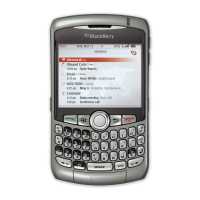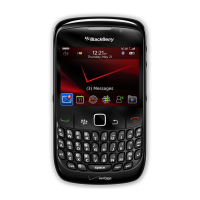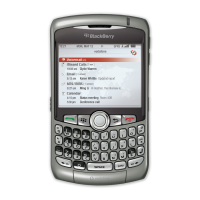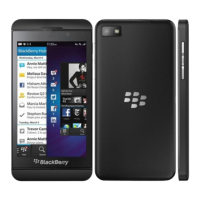• Are there cultural differences that are important to address? Consider differences by region, language, age, and
corporate culture.
Stage 2: Developing the concepts and building the
workflow
Once you understand the product requirements and user goals, you can focus on designing an application that meets
these requirements and goals. In stage two, start defining the content and creating a workflow that meets user goals. The
workflow identifies how and when users see information. In this stage, your focus is on identifying the sequence of steps
and any associated dependencies. You might be tempted to focus on the details of the features and the capabilities of the
application. Instead, stay focused on user goals.
Consider using low fidelity prototypes such as paper sketches that are quick to create and can be revised easily. Sketches
help you visualize how users progress through tasks and help you identify task loops and dead ends. At this stage, the
workflow does not require all of the details for every scenario. You can create higher fidelity prototypes such as software
based prototypes as the design progresses.
Design outputs
You can create the following design outputs to help you explore concepts and build the workflow:
• Information architecture diagrams
• Wireframes of major tasks
• Prototypes
User research methods
User research methods typically involve meeting with users one-on-one or in very small groups. You can use the following
types of user research methods to help you build the workflow:
User research method Purpose
Fit/gap analysis This type of analysis identifies how well the design outputs match user
perspectives of the workflow and allows you to identify and address unmet
expectations.
Card sorting This type of research method helps you understand how users categorize
information. This research is useful when you have a lot of information or options to
group and prioritize.
Walkthrough of major tasks This type of research method demonstrates where the workflow breaks down. Use
this information to make decisions about the order, sequence, and priority of tasks.
UI Guidelines Getting started
19

